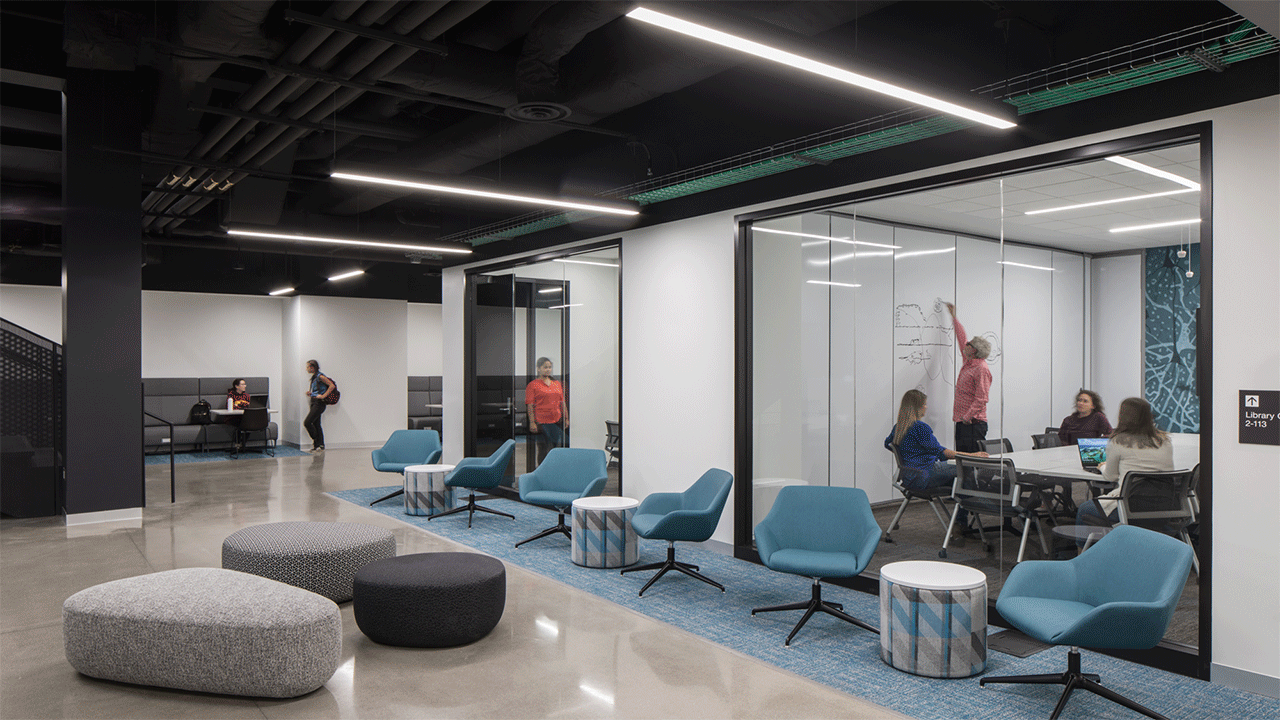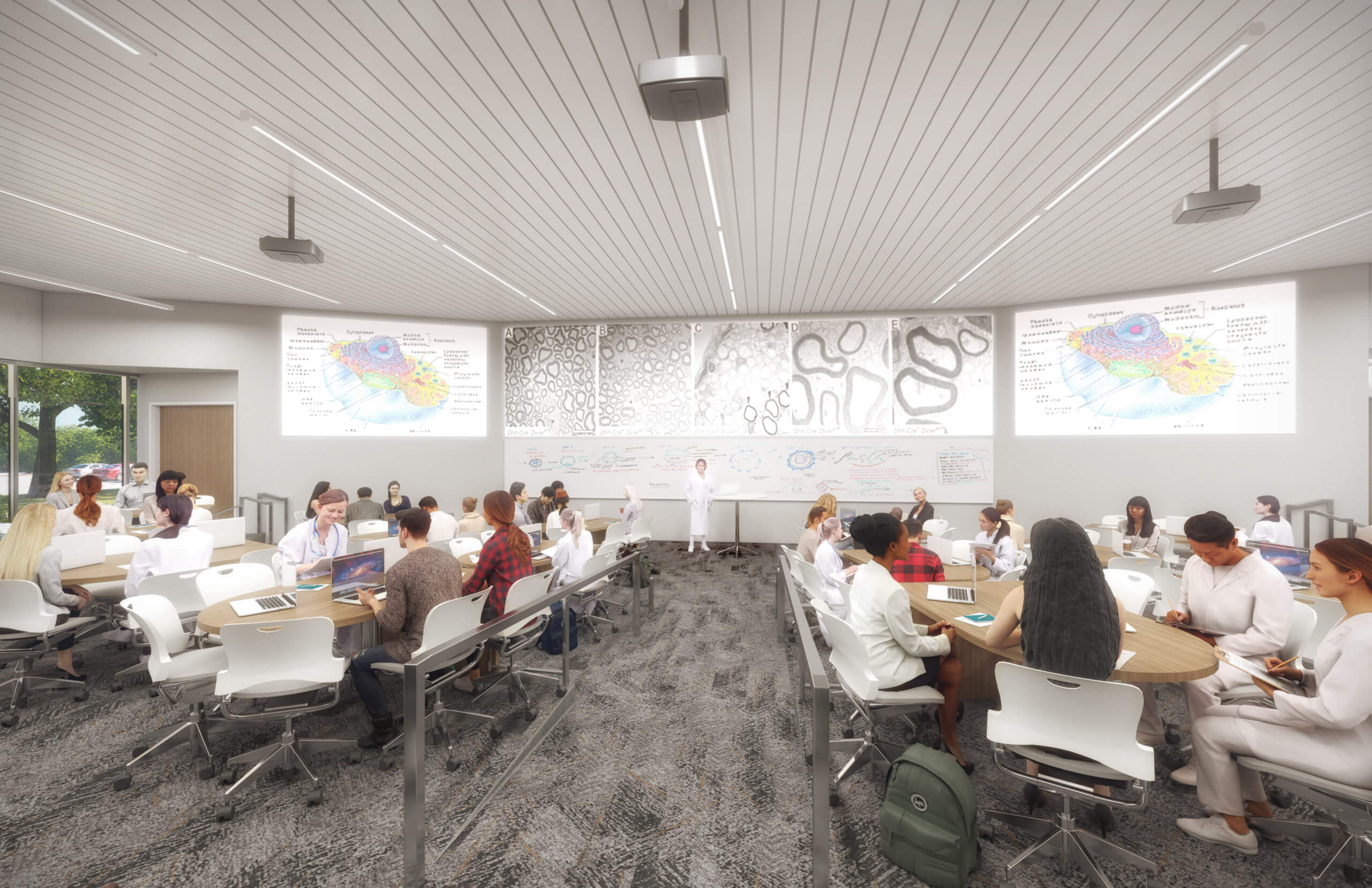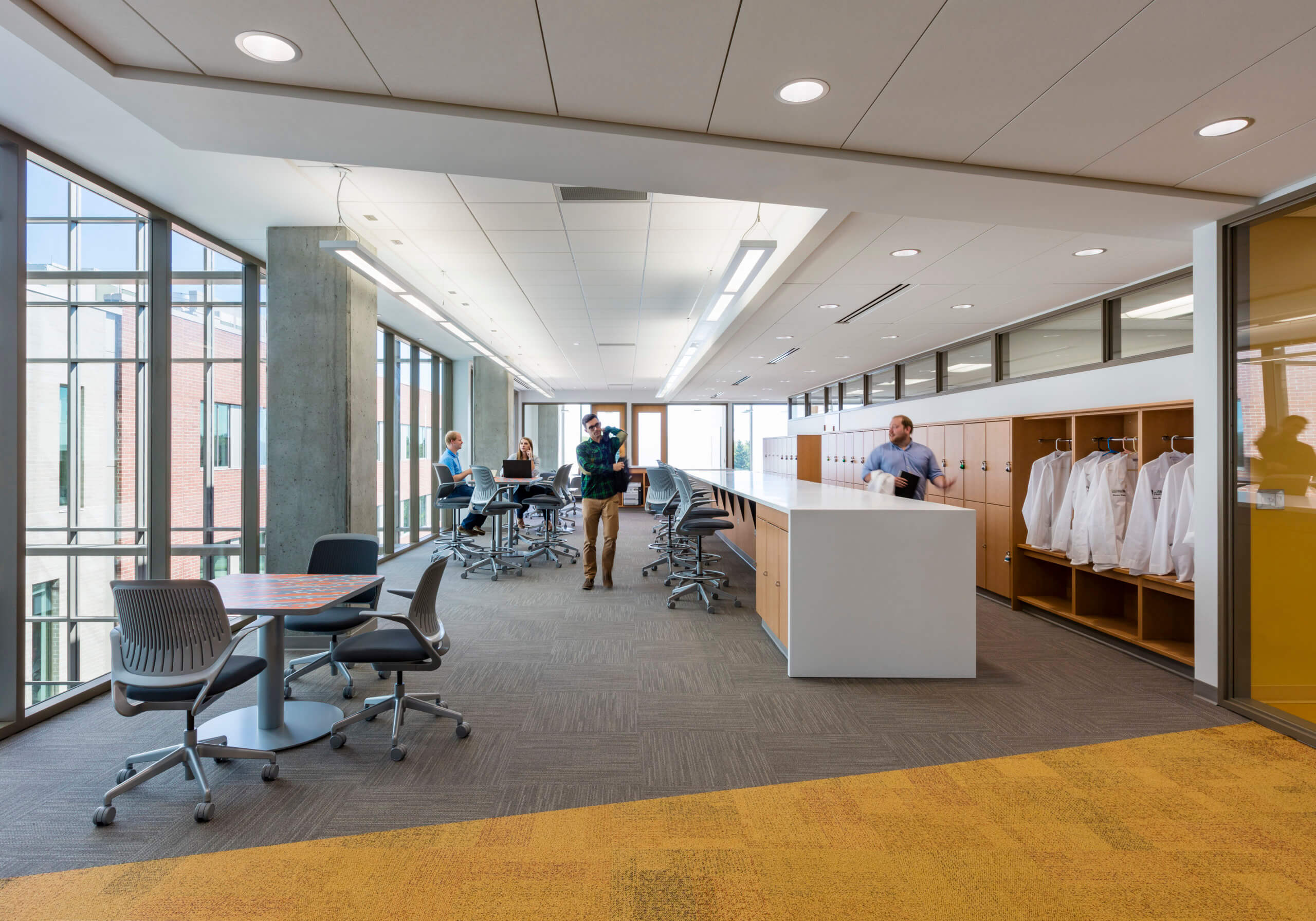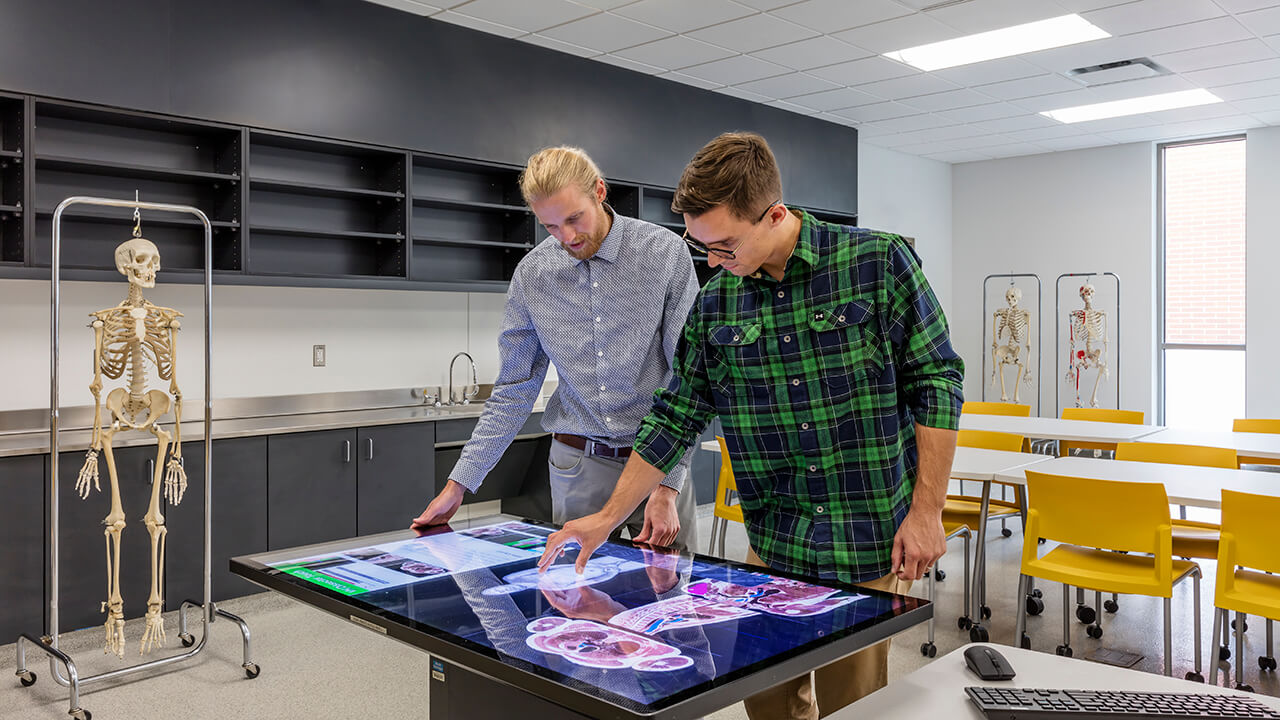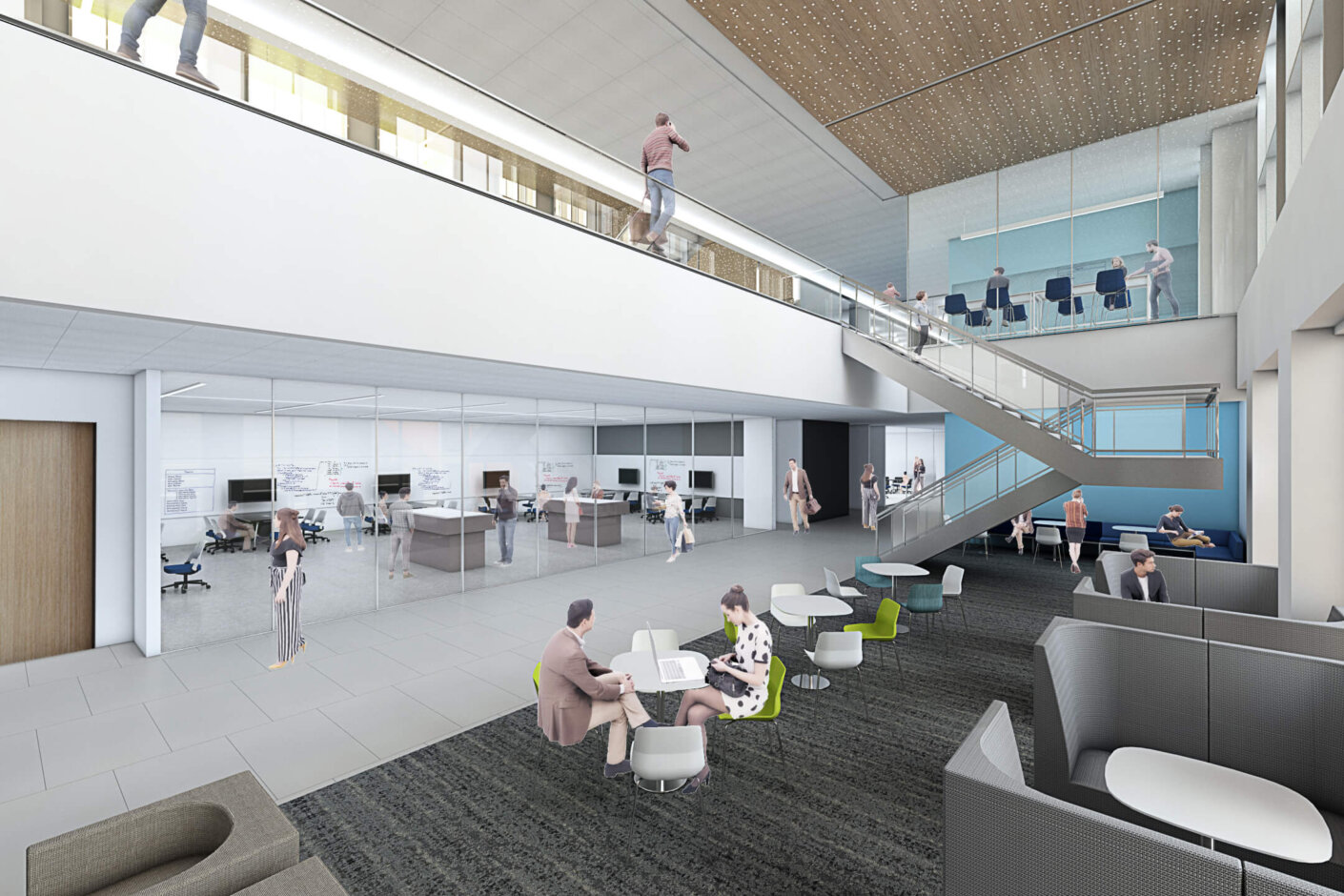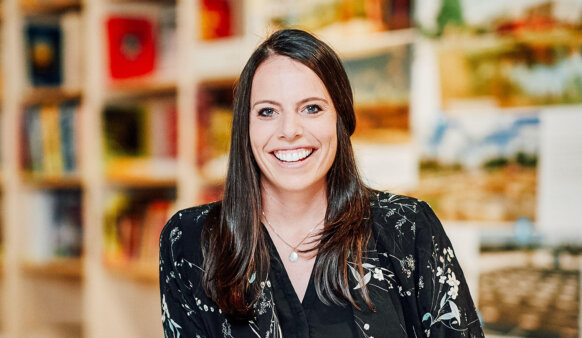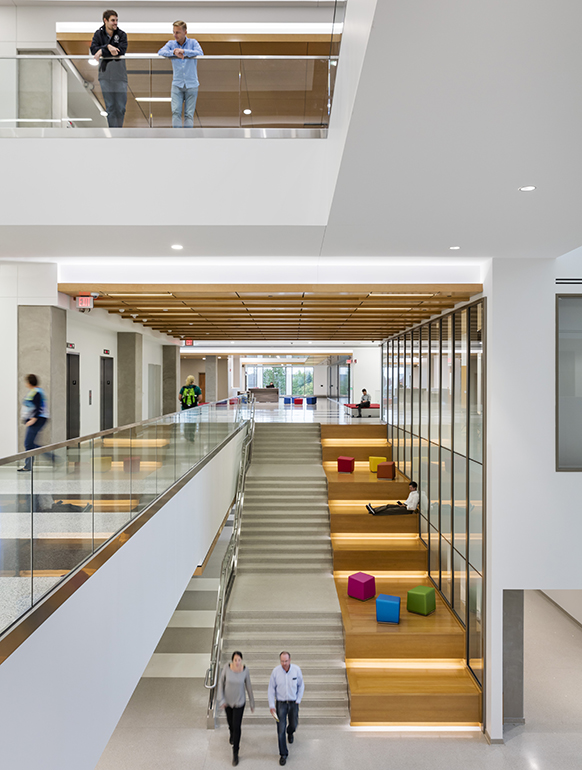Many students in the U.S. and Canada have shifted to remote learning models on account of the COVID-19 pandemic. This transition, however, is not entirely sustainable for those in the medical and health sciences education field due to the highly specialized, hands-on, and collaborative nature of the professions. The design of their facilities must therefore provide a safe environment in which students can practice clinical techniques and train across disciplines.
“COVID-19 has underscored the need for resilient, adaptable learning environments to train future health professionals,” says Heidi Costello, firmwide Medical and Health Sciences Education Leader. “Our job is to collaborate with clients on creating agile, forward-thinking spaces that flex to accommodate future unknowns.”
Below are a few examples of best practices that can help health sciences and medical education facilities prepare the healthcare professionals of tomorrow—even during a pandemic.
